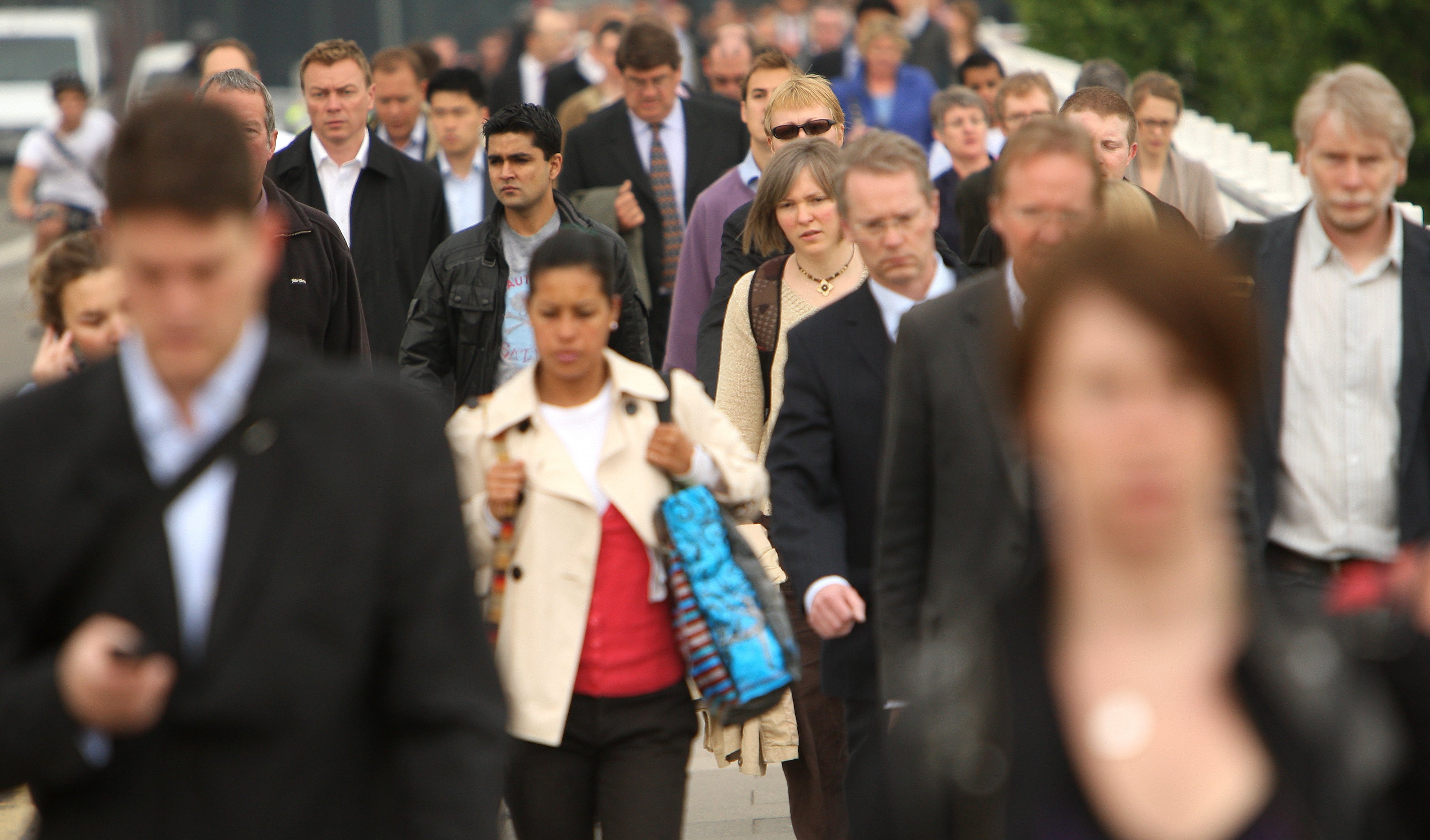‘Significant’ drop in life expectancy in most deprived areas of England
People in deprived areas also live a larger number of years in poorer states of health.

Life expectancy in the most deprived areas of England fell “significantly” in the three years to 2020, while the inequality gap with people living in the least deprived areas grew even wider, new figures show.
The start of the Covid-19 pandemic in early 2020 is likely to have affected the changes in expectancy, with the most deprived areas experiencing the highest rates of death involving the virus.
Females and males living in the most deprived areas of England both saw a “significant decrease” in life expectancy between 2015 to 2017 and 2018 to 2020, according to the Office for National Statistics (ONS).
For females, life expectancy at birth in the period 2018-20 stood at 78.3 years, down from 78.7 in 2015-17.
Males saw expectancy fall from 74.0 to 73.5 years.
The drop for females “follows a similar pattern previously seen, where there have been decreases in life expectancy since 2011 to 2013”, the ONS found.
But this is the first time since 2011-13 that the figure for males has “significantly decreased”.
There was also a “statistically significant increase” in the inequality in life expectancy at birth for both sexes.
Males in the most deprived areas of England were living 9.7 years fewer than males in the least deprived areas in 2018-20, compared with a difference of 9.3 years in 2015-17.
The gap for females stood at 7.9 years in 2018-20, up from 7.5.
“The mortality increase in 2020 associated with the coronavirus pandemic has affected life expectancy changes,” the ONS said.
“The most deprived areas experienced the highest rates of death involving Covid-19.”
It is too soon for the data to reflect the full impact of Covid-19 on the inequality of life expectancy, however.
The figures show that not only do males and females living in the most deprived areas have shorter life spans overall, but they also live a larger number of years in poorer states of health.
In 2018 to 2020, male healthy life expectancy at birth in the most deprived areas of England was estimated at 52.3 years, compared with 70.5 in the least deprived areas.
The gap for females was even wider, with 51.9 years of good health for those in the most deprived areas – almost 20 years fewer than those living in the least deprived areas (70.7 years).
Years spent in poorer health fell progressively from the most deprived areas (21.2 years for males, 26.4 years for females) to the least deprived areas (12.7 and 15.6 years respectively).
“With those living in more deprived areas also living shorter lives, this means that they spend a smaller proportion of their lives in good health,” the ONS added.
Separate figures published by the ONS on Monday show similar trends for life expectancy in Wales, though the picture is not identical to that in England.
While female life expectancy at birth in the most deprived areas of Wales fell “significantly” from 79.1 years in 2015-17 to 78.4 in 2018-20, the equivalent drop for males, from 74.3 to 74.1, was not large enough to be statistically significant.
The inequality gap increased for both sexes, however.
The difference in female life expectancy between the least and most deprived areas of Wales widened from 5.8 years in 2015-17 to 6.3 in 2018-20.
For males, the gap widened from 7.3 years to 7.5.
When comparing the average number of years spent in good health, the ONS put the figure at 54.2 for males living in the most deprived areas in 2018-20, compared with 67.6 in the least deprived areas.
For females, the comparison was 53.3 and 70.2 respectively.
Deprivation is measured differently in Wales, with local areas assigned one of five levels – from most to least deprived – while in England there are 10 levels.
Bookmark popover
Removed from bookmarks